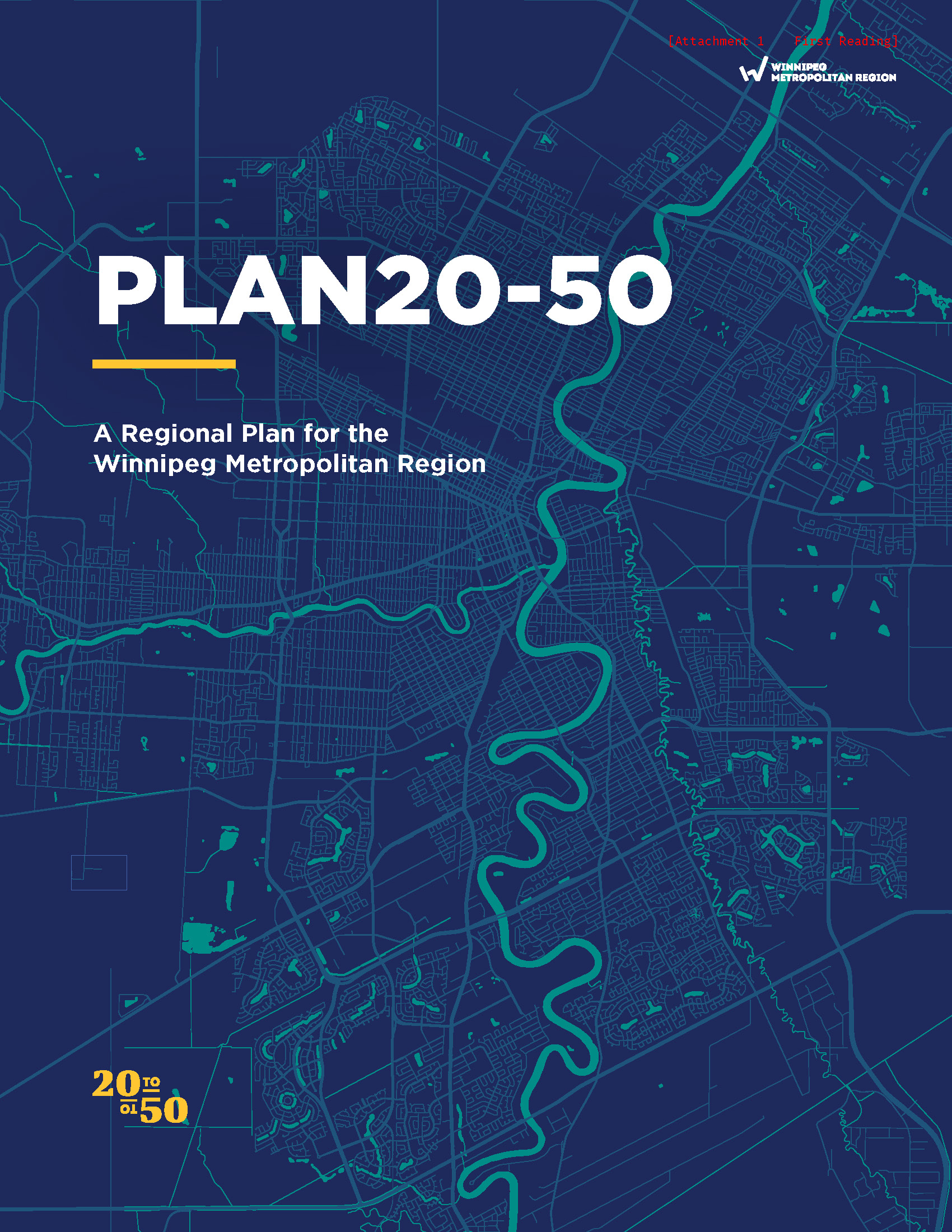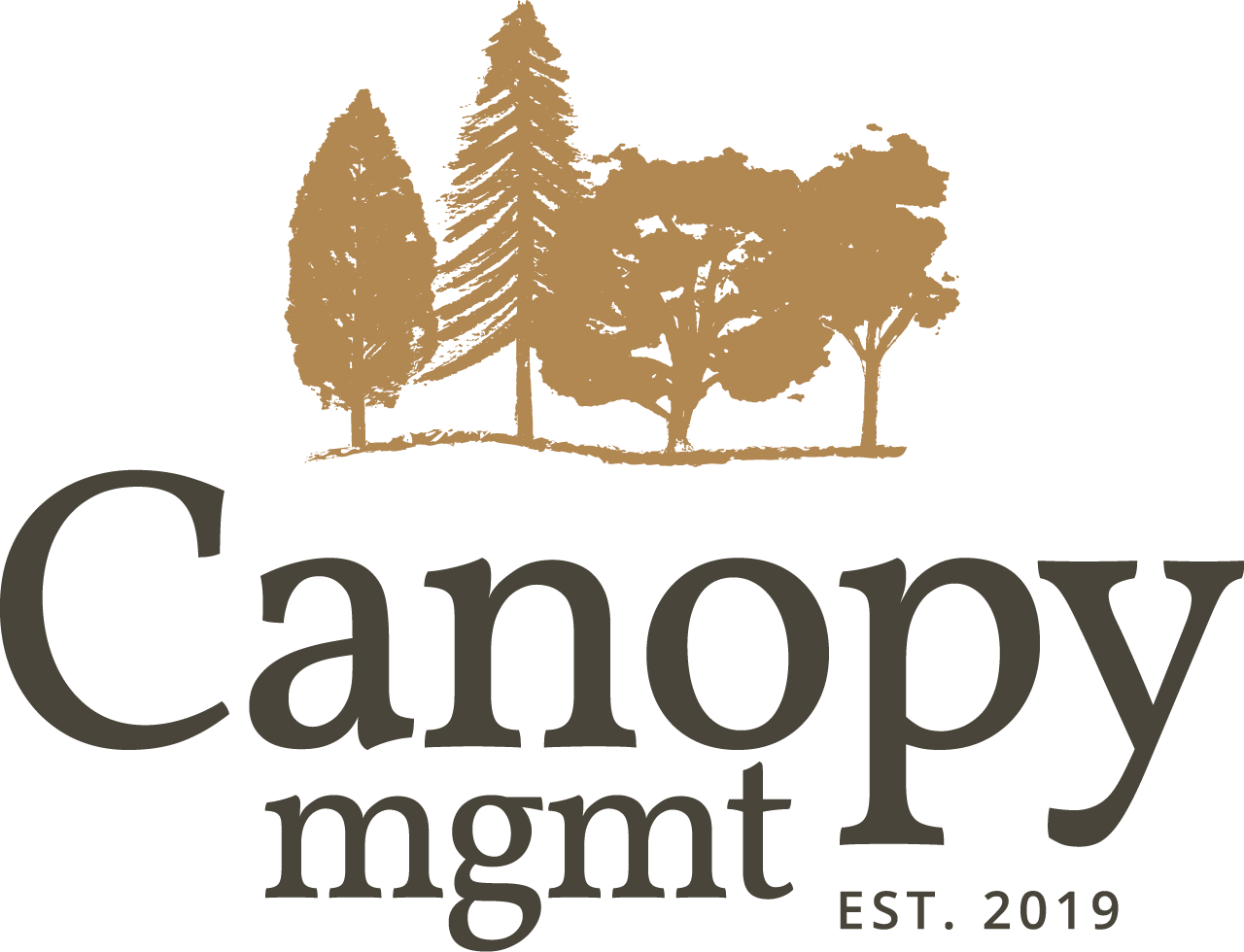A detailed look at the housing implications of Plan 20-50
The Winnipeg Metropolitan Region is on the brink of a significant transformation, thanks to an ambitious and forward-thinking initiative known as Plan 20-50. This comprehensive framework is designed to reshape the housing landscape and build sustainable, resilient communities across the region. As the first of its kind in Manitoba, Plan 20-50 aims to ensure that future generations enjoy the same economic, social, and environmental benefits we cherish today.
At Canopy Mgmt, we are deeply invested in the future of property management and maintenance in Winnipeg. Our mission is to provide top-tier residential maintenance services and comprehensive property management solutions that protect investments and enhance the quality of life for homeowners and landlords. As experts in the real estate field, we understand the profound impact that urban and regional planning initiatives like Plan 20-50 can have on the communities we serve.
Plan 20-50 presents a unique opportunity to align our practices with a broader vision for sustainable growth and community resilience. By understanding the intricate components of this initiative, we can better appreciate the future it seeks to create for the Winnipeg Metropolitan Region and how it aligns with our commitment to fostering thriving, sustainable communities.
In this blog post, we’ll take a look into the details of Plan 20-50, exploring its vision, benefits, and the challenges it faces. By staying informed and proactive, we can make sure that our property management practices not only adapt to but also thrive within the framework of this transformative plan.
What is the Winnipeg Metropolitan Region?
The Winnipeg Metropolitan Region (WMR) is a collaborative organization that encompasses 18 municipalities, including the City of Winnipeg. This region represents a significant portion of Manitoba’s population and economic activity, making it a critical area for strategic urban and regional planning. The WMR works to coordinate growth and development across these municipalities to create a cohesive and sustainable future for the region.
Short summary of Plan 20-50
Plan 20-50 is the first long-term regional plan for the Winnipeg Metropolitan Region, aiming to guide development and infrastructure investments over the next 30 years. This plan focuses on creating strong, resilient communities by promoting sustainable land use, protecting natural resources, and ensuring economic vitality. The latest version of Plan 20-50 was given its first reading by the WMR Board on July 13, 2024—and is now moving through the set legislated adoption process.
Here are some key components of Plan 20-50:
- Sustainable land use: Promotes efficient and sustainable use of land to support economic growth and environmental protection.
- Infrastructure investment: Focuses on strategic investments in infrastructure to enhance connectivity and support community development.
- Environmental stewardship: Emphasizes the protection and restoration of natural resources, including water, land, and ecosystems.
- Economic resilience: Aims to build a diverse and robust economy that can withstand and adapt to economic changes and challenges.
- Community development: Supports the creation of complete communities that offer a range of housing options, amenities, and recreational opportunities.
- Climate resilience: Plans for infrastructure and services that can adapt to and mitigate the impacts of climate change.
- Collaboration: Encourages strong partnerships between municipalities, Indigenous communities, businesses, and other stakeholders to achieve common goals.
- Transportation: Develops coordinated transportation routes to connect communities and improve the movement of people and goods.
Plan 20-50 represents a collaborative effort to guarantee that the Winnipeg Metropolitan Region remains a vibrant, sustainable, and resilient area for those that we leave behind.
Pros—A look at what worked in Edmonton
One of the key benefits of Plan 20-50 is its potential to replicate the success seen in Edmonton with a similar urban and regional planning initiative. Edmonton’s approach emphasized coordinated infrastructure investments, sustainable land use, and economic diversification, leading to notable improvements in housing availability and community resilience. By adopting similar strategies, the WMR aims to level up its housing landscape, providing diverse housing options and improving the overall quality of life for residents.
Cons—Why some people oppose it
Despite its potential benefits, Plan 20-50 has faced opposition from various stakeholders. Some critics argue that the plan imposes excessive regulatory controls that could stifle local autonomy and hinder economic growth. Concerns have also been raised about the potential for increased costs associated with implementing the plan’s extensive infrastructure projects. Additionally, some municipalities are worried about the fairness of resource allocation and the impact on their unique local identities.
For instance, Niverville Mayor Myron Dyck has expressed concerns about the lack of clarity and communication regarding the plan’s implementation and its potential impact on local governance. He highlights that while regional collaboration is essential, there must be a balance that allows individual municipalities to maintain their autonomy and address their unique needs. This sentiment reflects a broader apprehension among some local leaders who fear that the plan might centralize too much control and overlook the specific contexts of smaller communities.
What does this mean for housing and land developments?
It’s clear that Plan 20-50 is set to have a significant impact on housing and land developments within the Winnipeg Metropolitan Region. The plan’s emphasis on sustainable land use and coordinated infrastructure investments will likely lead to the creation of more complete communities, offering a range of housing choices, amenities, and recreational opportunities. By focusing on long-term planning, Plan 20-50 aims to support healthy, vibrant communities that are resilient to the impacts of climate change and economic fluctuations.
For property managers and real estate investors, understanding the implications of Plan 20-50 is paramount for making informed decisions. The plan’s focus on sustainable development means that future housing projects will need to adhere to higher standards of environmental stewardship and community integration. This presents both challenges and opportunities for those involved in the housing market in the Winnipeg Metropolitan Region.
A positive future for WMR and its communities
Plan 20-50 represents a bold vision for the future of the Winnipeg Metropolitan Region, aiming to create sustainable, resilient communities through strategic urban and regional planning. At Canopy Mgmt, we are committed to staying ahead of these developments to provide the best possible service to our clients. By understanding the goals and challenges of Plan 20-50, we can better navigate the evolving landscape of property management and keep our practices aligned with the broader vision for a thriving Winnipeg Metropolitan Region.
For more information on Plan 20-50, visit the official website here and explore the detailed plan document here. Stay informed and proactive to ensure your property management strategies are future-ready and aligned with the region’s vision for sustainable growth and development.


